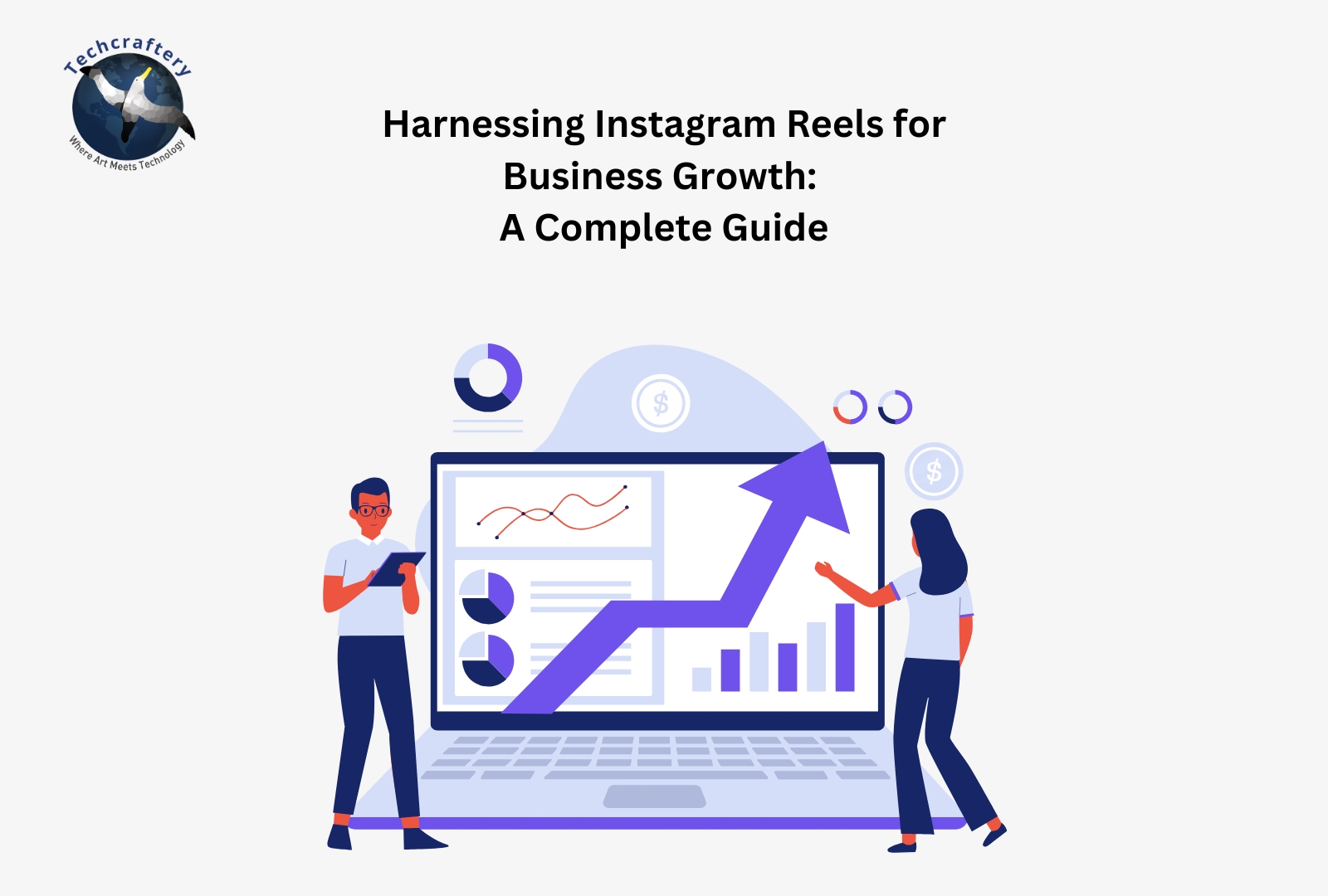E-commerce has evolved dramatically over the past few years, transforming the way consumers shop and businesses operate. As technology advances and consumer preferences change, the e-commerce landscape continues to shift. This article explores the future of e-commerce and highlights key trends to watch, helping businesses and consumers alike understand what lies ahead in this dynamic industry.
1. Rise of Artificial Intelligence (AI)
Artificial Intelligence (AI) is set to play a pivotal role in the future of e-commerce. From personalized shopping experiences to automated customer service, AI technologies will revolutionize how businesses interact with customers.
1.1 Personalized Shopping Experiences
AI can analyze consumer data and shopping habits to provide personalized recommendations. For instance, platforms like Amazon use AI algorithms to suggest products based on previous purchases, searches, and ratings. This level of personalization enhances the shopping experience, increases customer satisfaction, and boosts sales.
1.2 Chatbots and Virtual Assistants
Chatbots powered by AI are becoming increasingly common in e-commerce. They can handle customer inquiries, provide support, and even assist in making purchases. Virtual assistants like Google Assistant and Amazon Alexa can facilitate voice shopping, allowing consumers to place orders hands-free. This trend not only improves customer service but also streamlines the purchasing process.
2. Growth of Mobile Commerce
With the proliferation of smartphones, mobile commerce (m-commerce) is experiencing significant growth. Consumers are increasingly using their mobile devices to shop online, leading to the need for mobile-friendly websites and applications.
2.1 Mobile-Optimized Shopping Experiences
Businesses must invest in mobile optimization to cater to the growing number of mobile shoppers. This includes responsive website design, fast loading times, and easy navigation. Companies like Shopify provide templates that are mobile-responsive, ensuring a seamless shopping experience for users on all devices.
2.2 Mobile Payment Solutions
Mobile payment solutions such as Apple Pay, Google Pay, and various digital wallets are gaining popularity. These options offer consumers convenience and security, enabling them to make purchases quickly and easily from their mobile devices. As more consumers embrace these payment methods, businesses must adapt to offer a variety of payment options to meet customer preferences.
3. Social Commerce
Social media platforms are increasingly integrating e-commerce features, giving rise to social commerce. This trend allows brands to sell products directly through social media channels, making it easier for consumers to discover and purchase items.
3.1 Shoppable Posts and Ads
Platforms like Instagram and Facebook have introduced shoppable posts and ads, enabling businesses to tag products in their content. Users can click on these tags to view product details and make purchases without leaving the app. This seamless shopping experience encourages impulse buying and increases conversion rates.
3.2 Influencer Marketing
Influencer marketing continues to thrive in the realm of e-commerce. Brands partner with influencers to promote their products to a wider audience. The authenticity and relatability of influencers often lead to higher engagement and trust among consumers, making it an effective marketing strategy.
4. Sustainability and Ethical Consumerism
As consumers become more environmentally conscious, sustainability and ethical practices are becoming crucial factors in purchasing decisions. E-commerce businesses must adapt to this trend to meet consumer expectations.
4.1 Eco-Friendly Packaging
Consumers are increasingly concerned about packaging waste. E-commerce companies are exploring eco-friendly packaging options, such as biodegradable materials and minimalistic designs. Brands like Uncommon Goods and EcoEnclose prioritize sustainable packaging, appealing to eco-conscious consumers.
4.2 Ethical Sourcing and Fair Trade
E-commerce businesses that prioritize ethical sourcing and fair trade practices are gaining popularity. Consumers want to support brands that align with their values. Companies like Everlane emphasize transparency in their supply chains, providing consumers with information about sourcing and production practices.
5. Subscription Models
Subscription-based e-commerce models are gaining traction as consumers seek convenience and personalized experiences. This trend is evident in various industries, including beauty, food, and fashion.
5.1 Subscription Boxes
Subscription boxes offer curated products delivered to consumers regularly. Companies like Birchbox and FabFitFun provide personalized selections based on individual preferences. This model fosters customer loyalty and encourages repeat purchases, making it a win-win for both businesses and consumers.
5.2 Membership Programs
Many brands are introducing membership programs that provide exclusive benefits to subscribers. Amazon Prime is a prime example, offering free shipping, streaming services, and discounts to members. Such programs enhance customer loyalty and increase overall sales.
6. Augmented Reality (AR) and Virtual Reality (VR)
AR and VR technologies are transforming the way consumers interact with products online. These immersive experiences enable customers to visualize products in their own environments before making a purchase.
6.1 Virtual Try-Ons
Fashion and beauty brands are leveraging AR to offer virtual try-on experiences. Customers can see how clothing, accessories, or makeup will look on them without physically trying them on. Brands like Warby Parker and Sephora have successfully implemented virtual try-ons, reducing return rates and increasing customer satisfaction.
6.2 AR Product Visualization
Furniture and home decor brands are using AR to help customers visualize products in their living spaces. Apps like IKEA Place allow users to see how furniture will fit and look in their homes, enhancing the shopping experience and boosting conversion rates.
7. Enhanced Logistics and Delivery Options
As e-commerce grows, so does the demand for efficient logistics and delivery solutions. Businesses are continually exploring innovative ways to streamline the shipping process.
7.1 Same-Day and Next-Day Delivery
Consumers increasingly expect fast delivery options. Companies like Amazon and Walmart are investing in logistics networks to offer same-day or next-day delivery. This trend places pressure on smaller e-commerce businesses to find ways to compete while still providing timely shipping options.
7.2 Drone and Autonomous Delivery
The future of delivery may include drones and autonomous vehicles. Companies like Google and Amazon are testing drone delivery services to enhance efficiency and reduce delivery times. As technology advances, these methods may become a reality, transforming the logistics landscape.
8. Data Privacy and Security
As e-commerce grows, so do concerns about data privacy and security. Consumers are becoming more cautious about sharing personal information, and businesses must prioritize data protection.
8.1 Compliance with Regulations
E-commerce businesses must comply with data protection regulations such as the General Data Protection Regulation (GDPR) and the California Consumer Privacy Act (CCPA). These regulations require businesses to be transparent about data collection and usage, providing consumers with control over their personal information.
8.2 Enhanced Security Measures
Implementing robust security measures is essential for protecting customer data. Businesses should invest in encryption, secure payment gateways, and regular security audits to safeguard against data breaches. Building consumer trust is crucial for long-term success in e-commerce.
9. Voice Commerce
The rise of voice-activated devices is paving the way for voice commerce. Consumers are increasingly using voice assistants like Amazon Alexa and Google Assistant to make purchases and interact with brands.
9.1 Voice-Activated Shopping
Voice commerce allows consumers to place orders using voice commands, making the shopping experience more convenient. Businesses need to optimize their platforms for voice search to capture this growing market. This includes using conversational keywords and ensuring product availability for voice queries.
9.2 Integration with Smart Devices
As more households adopt smart devices, integrating e-commerce capabilities into these devices will become increasingly important. Brands that can seamlessly connect with voice-activated assistants will have a competitive edge in the future.
10. Global Expansion and Market Diversification
E-commerce has opened doors for businesses to expand globally. Companies are increasingly looking to reach international markets and diversify their customer bases.
10.1 Cross-Border E-Commerce
Cross-border e-commerce allows businesses to sell products to consumers in different countries. This trend is fueled by the ease of online shopping and advancements in logistics. However, businesses must navigate challenges such as currency conversion, shipping regulations, and cultural differences.
10.2 Localization Strategies
To succeed in international markets, businesses must adopt localization strategies. This includes translating website content, adjusting marketing campaigns to resonate with local cultures, and offering localized payment options. Brands like Airbnb and eBay have successfully implemented localization strategies to enhance their global reach.





